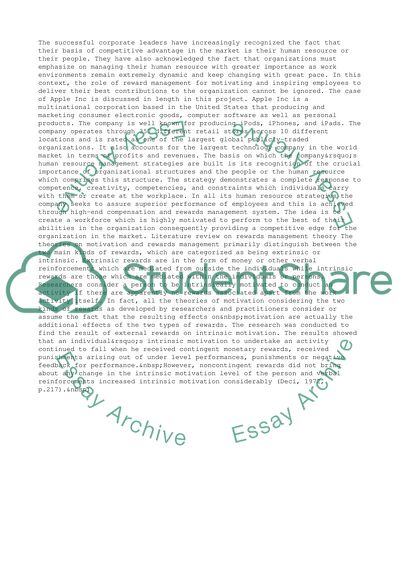Cite this document
(Rewards Management of Apple Research Paper Example | Topics and Well Written Essays - 2000 words, n.d.)
Rewards Management of Apple Research Paper Example | Topics and Well Written Essays - 2000 words. Retrieved from https://studentshare.org/management/1440329-rewards-managemnet-of-apple-inc
Rewards Management of Apple Research Paper Example | Topics and Well Written Essays - 2000 words. Retrieved from https://studentshare.org/management/1440329-rewards-managemnet-of-apple-inc
(Rewards Management of Apple Research Paper Example | Topics and Well Written Essays - 2000 Words)
Rewards Management of Apple Research Paper Example | Topics and Well Written Essays - 2000 Words. https://studentshare.org/management/1440329-rewards-managemnet-of-apple-inc.
Rewards Management of Apple Research Paper Example | Topics and Well Written Essays - 2000 Words. https://studentshare.org/management/1440329-rewards-managemnet-of-apple-inc.
“Rewards Management of Apple Research Paper Example | Topics and Well Written Essays - 2000 Words”, n.d. https://studentshare.org/management/1440329-rewards-managemnet-of-apple-inc.


